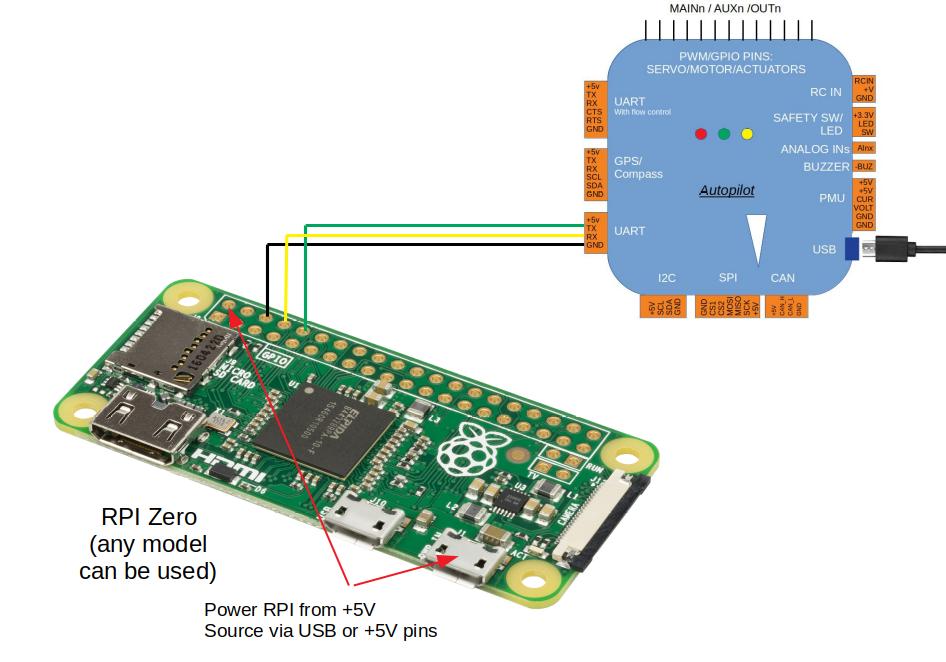

- Test serial connection on raspberry pi how to#
- Test serial connection on raspberry pi drivers#
- Test serial connection on raspberry pi driver#
- Test serial connection on raspberry pi software#
Last line indicates that the console is enabled on the serial port ttyAMA0, so we disable it The output is something like this ~ $ dmesg | grep tty To search for available serial ports we use the command dmesg | grep tty Here we use Raspberry Pi 2, and we connect a RS232/TTL 3-5,5V adapter to pins 4 (5V), 6 (GND) ,8 (TX),10 (RX) of Raspberry, obviously connect tx with rx and vice versa. ), the serial port console login needs to be disabled. To be able to use the serial port to connect and talk to other devices (e.g. This can help to fix problems during boot, or to log in to the Pi if the video and network are not available. By default the Raspberry Pi’s serial port is configured to be used for console input/output. We will use the serial port available on Raspberry with a RS232/TTL 3-5,5V adapter and a USB-serial adapter.
Test serial connection on raspberry pi how to#
The master branch is my 32 bit attempt I plan on adding more platform layering to actually incorporate the 64 bit version once that works.In this tutorial we will see how to use the serial port on Raspberry Pi. Here is my github repo if you are interested. But my lack of knowledge of actual Hardware has started showing!Ī guide I used to attempt to connect serially: The UART part I pretty much copied from his guide and since it worked in the emulator I was satisfied for a while.

I also saw online that in the Pi 3s and 4s the GPIO pins are not the actual UART points of a sorts, that they are like a sub UART element. If you have any questions or ideas please let me know! I kinda have a feeling it could also be that I never flush data, (which I have in the past with serial stuff) but I didn't think that would matter over direct GPIO pins. I am not sure if I am attempting to use a serial connection wrong or if the guide I followed was not actually going to work on real hardware in that way. I checked and fixed a bunch of castings to wrong sizes(issues from the switch to a 64bit OS from a 32 bit) and then did some research. So I think it might be an issue with that. I am not super familiar with UART (I know what it is but this is the first time I have actively used it). But the putty serial terminal just remains blank. The raspberry pi 3 blinked a green light twice. Looking around online it looks like most the other settings I could keep the same. I then used putty to open up a serial connection over the port with a Baud rate of 115200. I plugged in the GND, TX, and RX headers into the proper pins (6, 8, and 10) and used the power cable that I purchased with this pi.
Test serial connection on raspberry pi driver#
Using this USB to GPIO converter with the default driver Windows installed. Should I try scanning and fixing it? I normally don't do any development in Windows, but I noticed this when I decided to copy the file over in my Windows Host environment. Now one thing to note is that I am writing to my SD card using one of those usb stick sd card reader/writers, and everytime I plug it in I get a Windows error asking me to repair it, I am unsure why it seems to think this.


I formatted the partitions of my sd card for FAT32 (one boot another with data) and put these files onto it: - bootcode.bin When using qemu that seems to work fine, but then I attempted to load my kernel onto actual hardware. So I decided I would attempt to get the OS working with just a serial connection first.
Test serial connection on raspberry pi drivers#
So I got somewhat overwhelmed when the guide started getting into hdmi drivers and graphics. I am not super advanced in actual computer engineering and have little experience with hardware. I use this qemu command qemu-system-aarch64 -M raspi3 -serial stdio -kernel kernel8.elf to emulate the small little shell I have built. And then decided I would start working on things on my own! Following this guide we have been using qemu to emulate the pi 2! Which I ported into a 64bit version that can be emulated with qemu for the pi 3. I started by following this guide here: which got me through memory management for a Pi 2.
Test serial connection on raspberry pi software#
I am a learning software engineer attempting to create my own Raspberry Pi operating system for the Raspberry Pi 3 and 4.


 0 kommentar(er)
0 kommentar(er)
